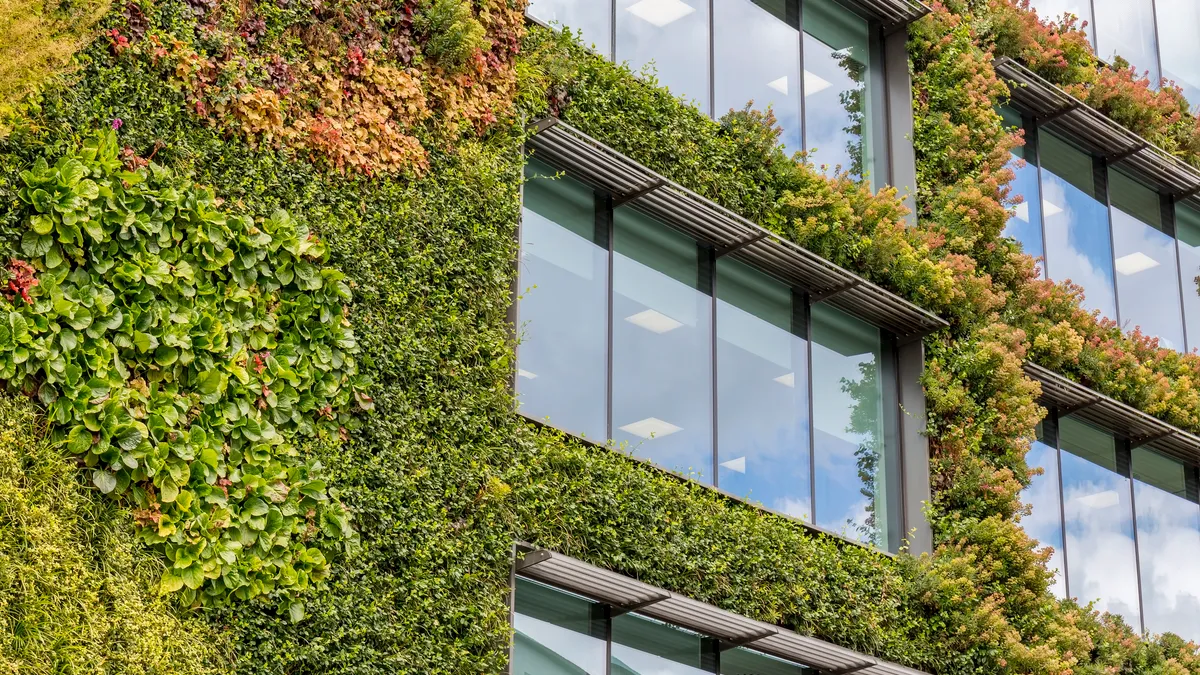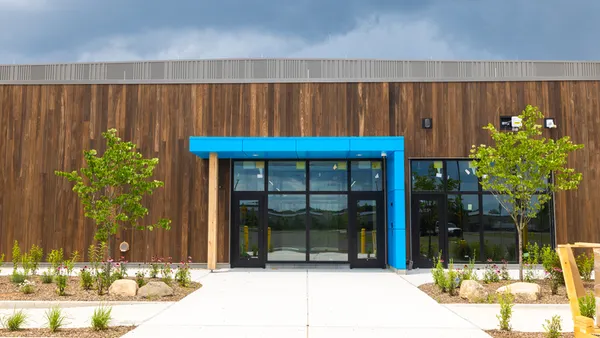As JLL looks to decarbonize, it identified different strategies across its entire office portfolio, according to its 2022 ESG Performance Report.
The company said the initiative underscored the need for collaborative relationships between facility owners and occupiers, and provided more data on various functions, from water usage to waste and recycling collection, to help inform its decisions.
The process outlined in the report includes pre-lease efforts, such as identifying sustainability features and amenities in site selection workplace and ensuring those features are available to employees through leasing terms. It also included key factors once tenants are in place, including workplace experience, sourcing, and design and construction.
JLL said that all potential sites were weighed against sustainability criteria, with due diligence being its first step to achieving ESG objectives. The firm’s sustainable operations personnel then worked with its transaction management team to align lease language with sustainability commitments. Engaging landlords enabled teams to evaluate potential and existing offices against the potential “cost and viability to collaboratively meet our sustainability criteria,” JLL said in the report.
Although its scale and complexity made collecting full environmental data across its portfolio challenging, the company used what was available and worked with landlords to extract utility data for its occupied spaces. This led to sub-metering roll-outs as part of its existing office fit-outs-and-renovations. JLL states that this reduced measured electricity by 19%, on a like-for-like basis, since 2018.
Performance highlights from the in-house initiative included a 9% reduction in like-for-like electricity consumption compared to 2018, a 12% reduction in electricity intensity (kilowatt hours per square foot) and a 43% reduction in scope 2 emissions from electricity. JLL also said that renewable energy sources sourced or supplied 29% of electricity across its portfolio at the end of 2022.
The report relied on JLL’s proprietary sustainability reporting platform, Canopy to measure energy, water and waste data, and used estimates based on previous years, or benchmarking where consumption data was not available. JLL says this lack of data led it to create action goals, to reduce the amount of estimated data used to calculate water and waste footprints. This was accomplished by specifying sub-meters to capture actual water consumption and working with landlords or contractors to track waste volumes and recycling rates.
The company says that it is exceeding its World Green Building Council commitment pathway, and is on track to meet its target of receiving sustainability certification for every office over 10,000 square feet by 2030.
JLL lists 64 current buildings over that threshold with LEED certification, eight with WELL, 10 with BREEAM and 30 with other types of sustainability certifications such as Green Star, Green Mark and RICS SKA. The firm also noted that 54% of applicable offices had a green building certification by the end of 2022, compared to 45% in 2021.
Some of JLL’s office portfolio certifications from last year include Gurugrum Cyber Park in Gurgaon, India, which achieved LEED Platinum and WELL Platinum certifications, and its Atlanta office, which received WELL Platinum.
The commercial real estate firm also said that new site selection, fit-out, operations and maintenance criteria were defined for JLL locations and refurbishments to reach its certification goals. These include mandatory requirements aligned to LEED, WELL and other local certification criteria as well as best practice recommendations that address environmental, health and safety concerns.










